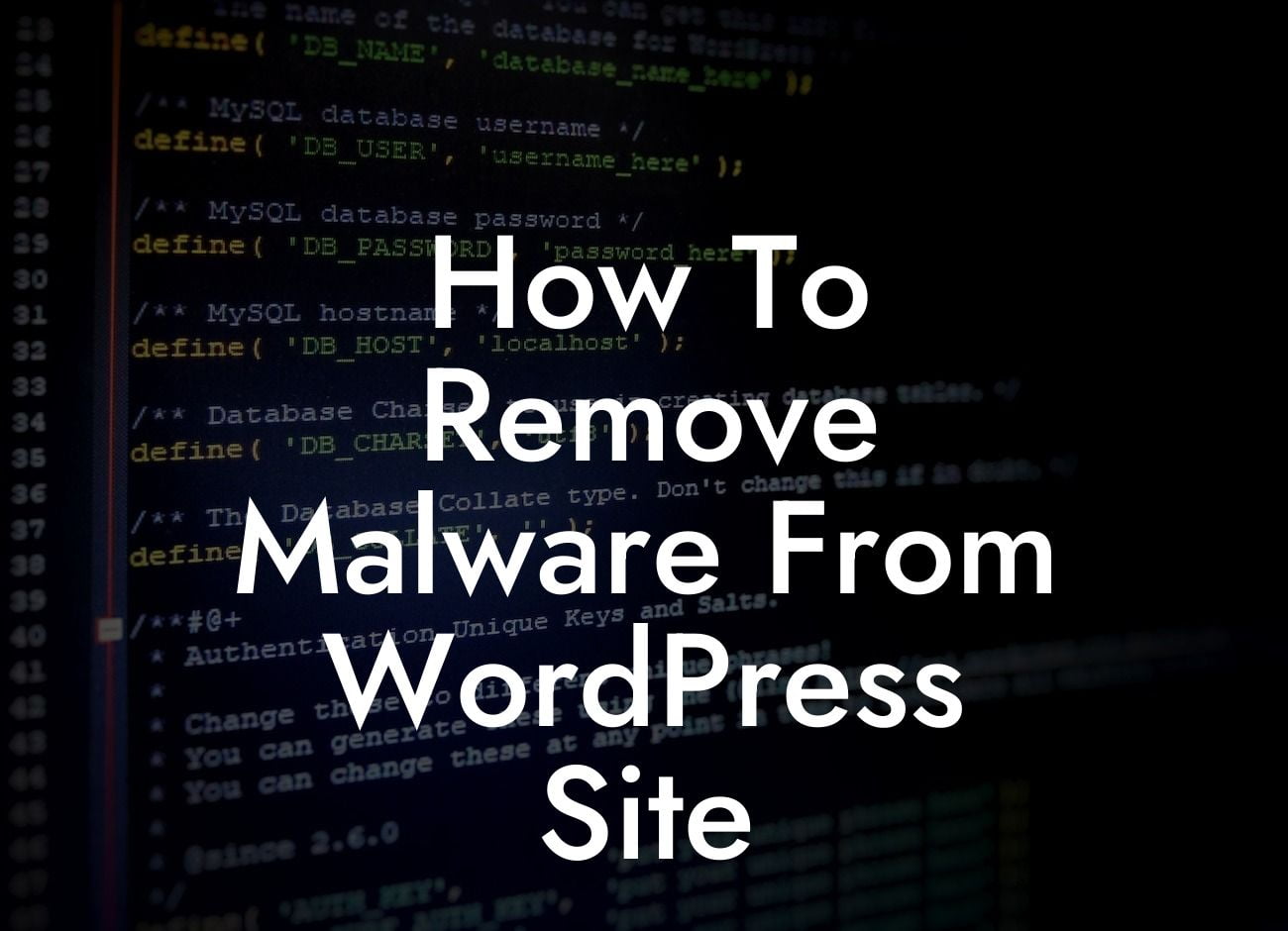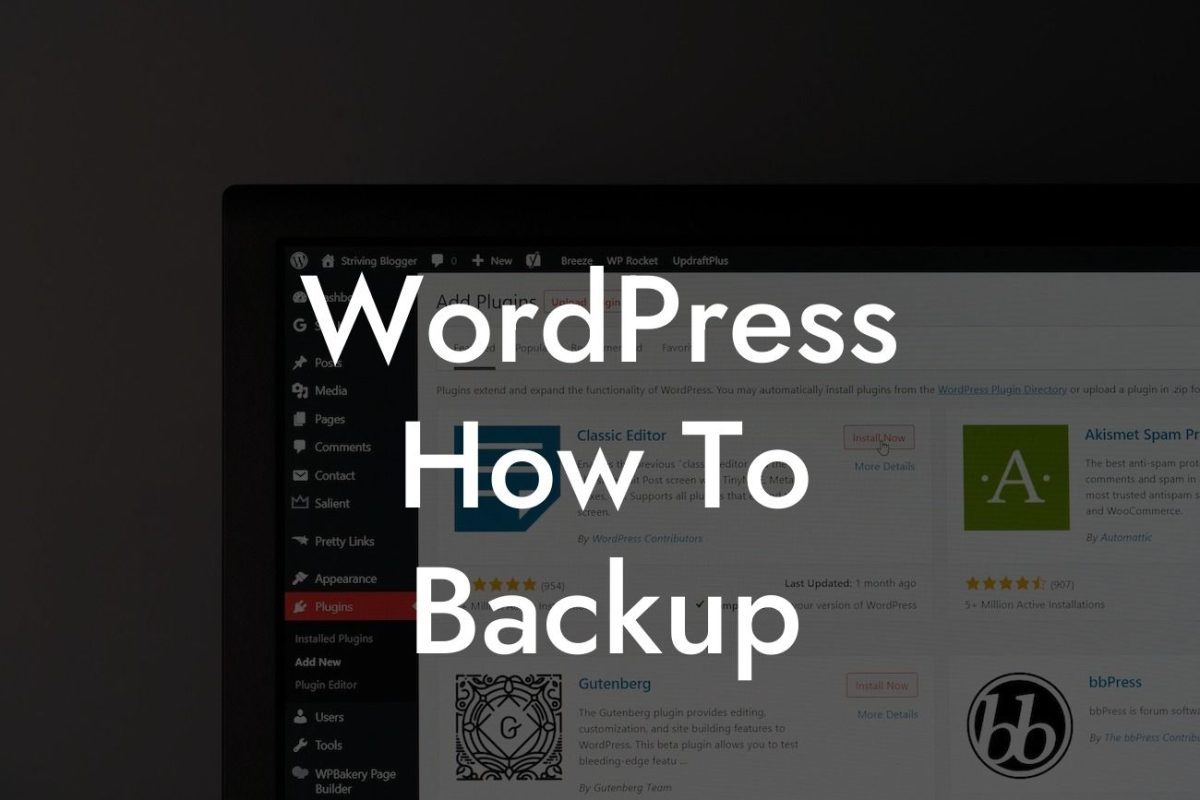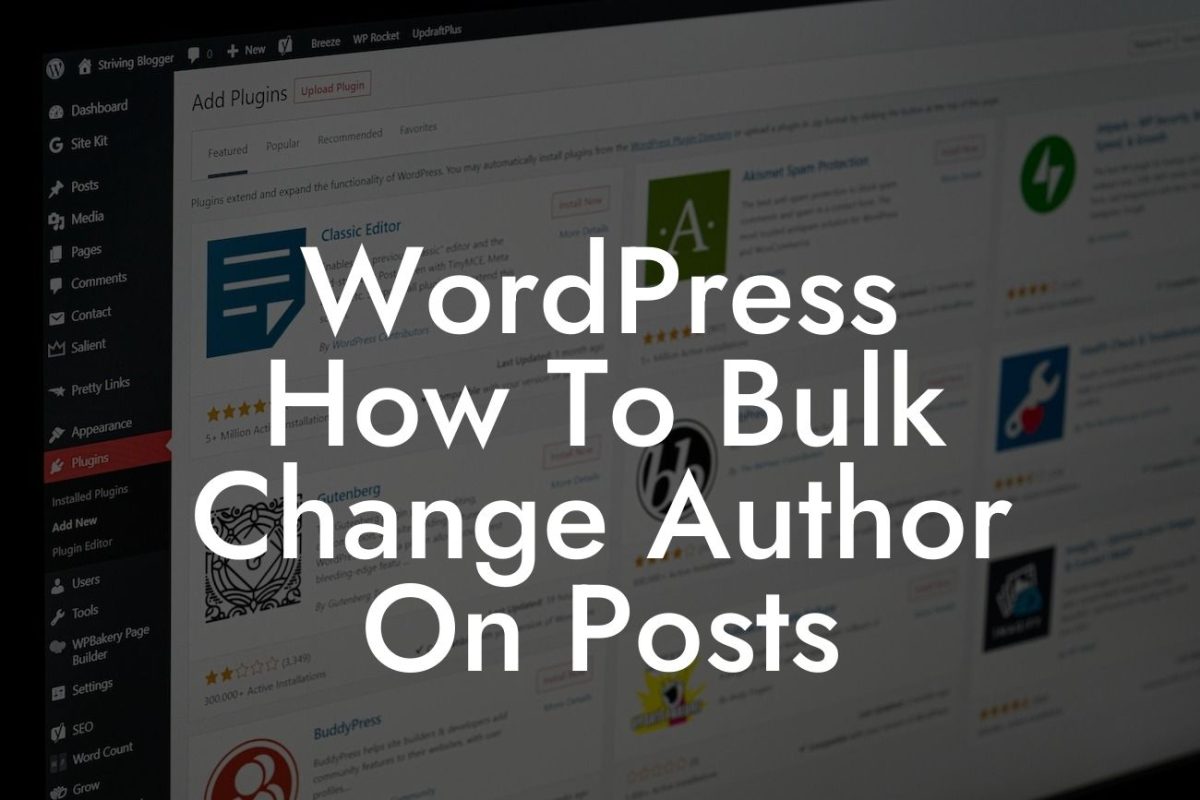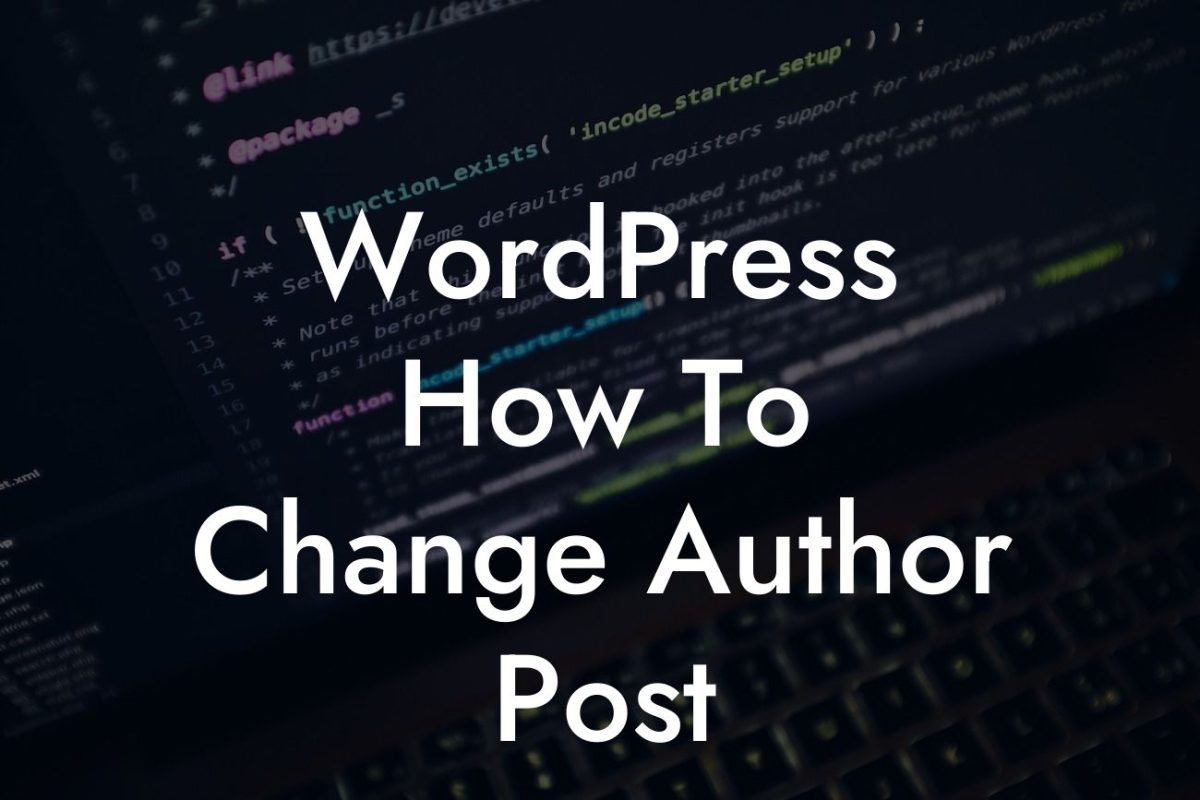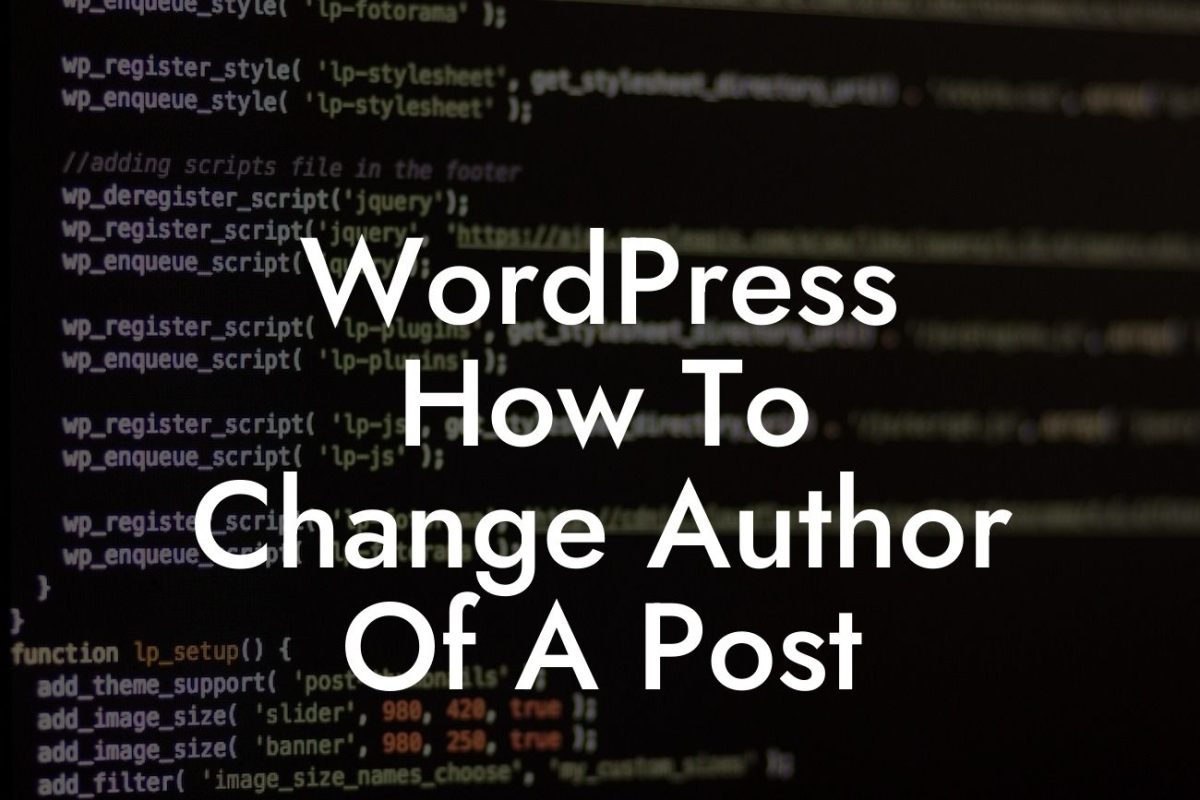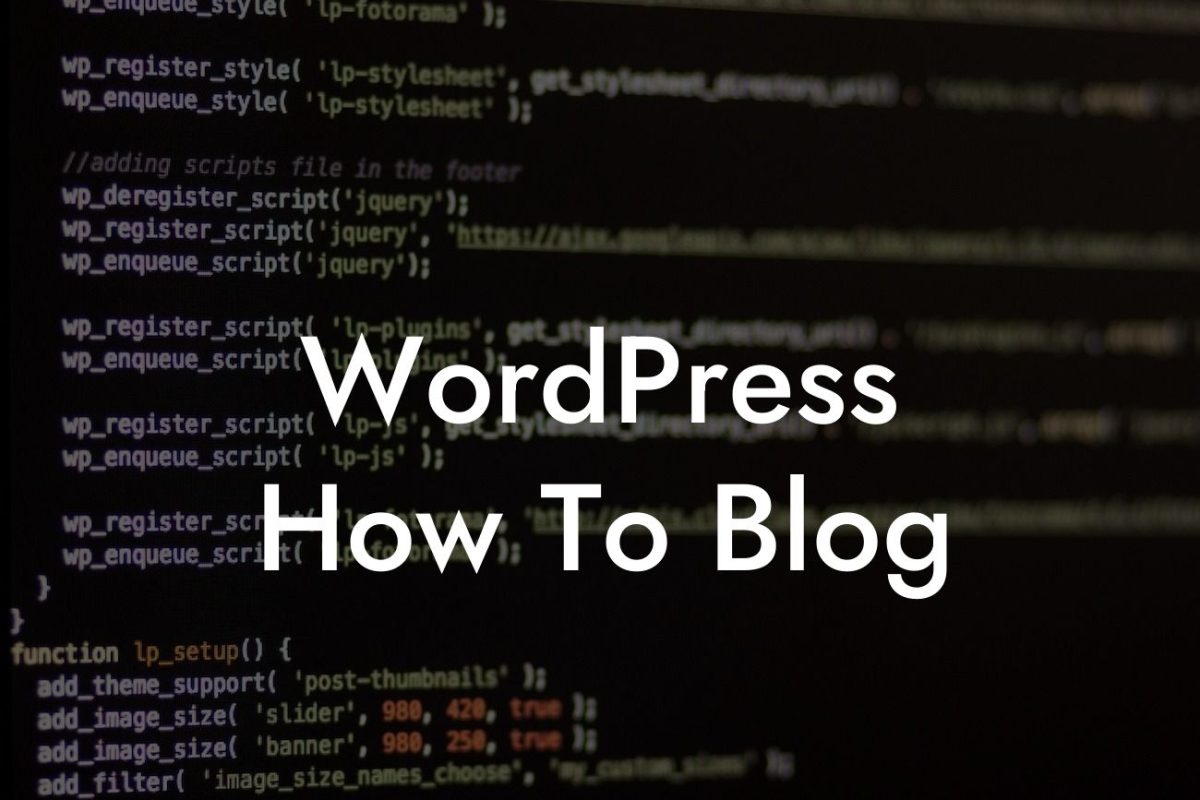WordPress has become the go-to platform for small businesses and entrepreneurs to build their online presence. However, with popularity comes the risk of malware attacks. Malware can wreak havoc on your website, compromising its security, damaging your reputation, and driving away potential customers. In this article, we will guide you through the process of removing malware from your WordPress site, ensuring that you can protect your online investment and maintain a thriving website. So, let's dive in and uncover the steps to effectively eliminate malware and fortify your online fortress.
Engaging Sub-heading 1: Understanding Malware and Its Impact
Malware refers to malicious software that infiltrates websites with the intent to exploit vulnerabilities, steal sensitive information, or disrupt website functionality. The consequences of a malware attack can be devastating, ranging from defaced web pages to stolen customer data. To effectively remove malware, it's crucial to understand the different types of malware that can affect your WordPress site. By recognizing the signs and symptoms, you can take swift action to regain control.
Engaging Sub-heading 2: Scanning and Identifying Malware
The first step in removing malware is to scan your WordPress site thoroughly. Numerous security plugins are available to help you with this task, but one highly recommended option is DamnWoo's Malware Scanner. Once the scan is complete, the plugin will provide you with a detailed report highlighting any infected files or suspicious activities. This information is invaluable in identifying the exact location of the malware within your website.
Looking For a Custom QuickBook Integration?
Engaging Sub-heading 3: Isolating and Quarantining Malware
Now that you have identified the malware-infected files or code snippets within your WordPress site, it's imperative to isolate and quarantine them. This step ensures that the malware does not continue to spread or cause further damage. DamnWoo's Malware Scanner plugin offers an option to automatically quarantine infected files, simplifying the process and minimizing the risk of human error.
Engaging Sub-heading 4: Remove and Clean Malware
Once you have successfully isolated the malware, it's time to remove it from your WordPress site entirely. Depending on the severity of the infection, you may need to manually clean the affected files or use a reliable security plugin like DamnWoo's Malware Remover. This plugin automatically detects and cleans malware from your site, saving you time and effort. Ensure you follow the instructions provided by the plugin or consult a professional if necessary, as improper removal may result in further complications.
How To Remove Malware From Wordpress Site Example:
Let's consider a scenario where you notice unusual website behavior, such as redirects or unexpected pop-up windows. You install DamnWoo's Malware Scanner and run a comprehensive scan. The scan report reveals infected files within your theme folder. You proceed to isolate and quarantine these files using the plugin's automated feature. Finally, you activate DamnWoo's Malware Remover, which successfully removes the detected malware from your WordPress site. Within minutes, your website is restored to its previous healthy state, safeguarding your business and impressing your visitors.
Congratulations! You have successfully removed malware from your WordPress site, preserving its integrity and protecting your online reputation. Remember, prevention is better than cure, so maintain a proactive approach towards website security. Explore other guides on DamnWoo to enhance your WordPress site's performance, discover valuable tips and tricks, and take advantage of our exceptional plugins. Don't forget to share this article with others who might benefit from it. Stay secure, stay successful with DamnWoo!

